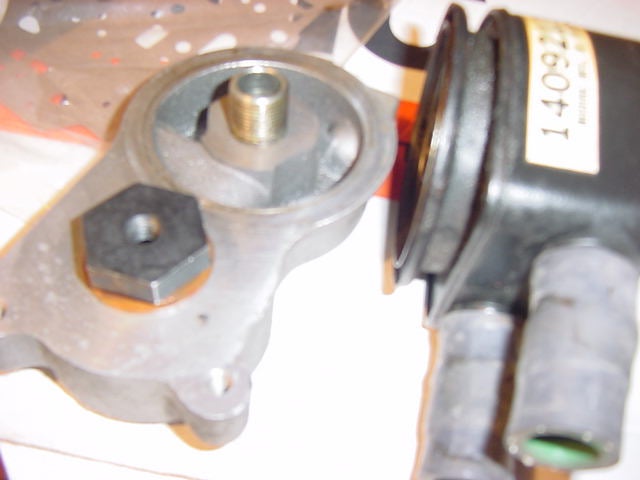BlackMetal
Active Member
- Joined
- Sep 29, 2005
- Messages
- 4,688
huh, im lookin at these things and they all seem to be 1 row, 1" thick as far as i can tell. is that enough to cool an engine? is aluminum that much better?
The fact that these F-body radiators only have one big row instead of multiple smaller rows is actually why they cool so good. Water flowing through a bigger passage is going to move slower and stay in the radiator longer. You can have all the rows in the world in a radiator but if the tubes are tiny, the water will pass through the radiator in an instant and not dissipate any heat. Having one row 1" thick lets the water slowly pass through the radiator and cool off a lot more.
As far as oil coolers I think it's crazy that some people say it's ok to delete it and not worry about it. These are turbo cars after all, battling heat is the name of the game. A lot of guys say "I bypassed the factory oil cooler and the temps in my oil pan only went up 2 degrees". That may be, but that just goes to show how pathetic the factory oil cooler is. It doesn't mean you don't need one.
The radiator cost me $105 delivered to the shop where I work. Spent somewhere around another $100 for a B&M oil cooler with Aeroquip hoses and fittings.
The oil cooler lines may not be high pressure but oil is still what keeps your engine going and I personally would not risk running an oil cooler set up with wimpy rubber hose and hose clamps. I would still use proper high pressure high temp line with quality fittings like made by Aeroquip. There may not be a lot of pressure going through the lines/cooler but an oil leak is not something to take lightly.




